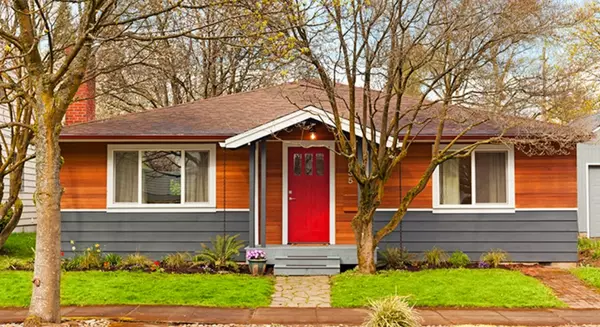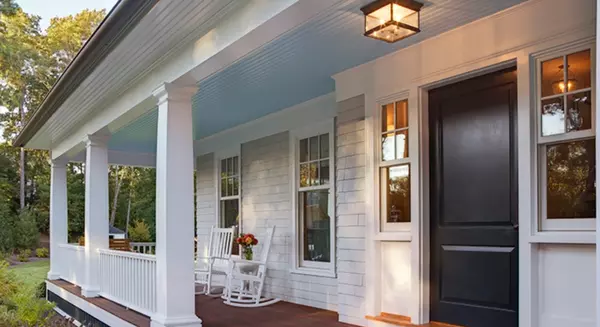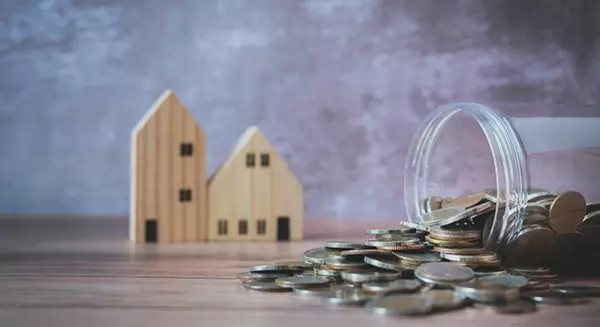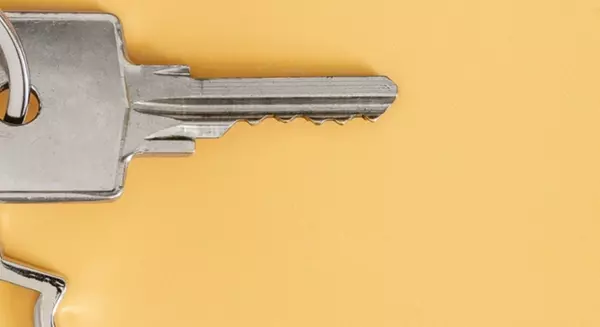
Achieving the Dream of Homeownership
Homeownership has long been considered the American Dream, and it’s one every American should feel confident and powerful pursuing. But owning a home is also a deeply personal dream. Our home provides us with safety and security, and it’s a place where we can grow and flourish. Today, we remember th

Why Inflation Shouldn’t Stop You from Buying a Home in 2022
If you’re following along with the news today, you’re probably hearing a lot about record-breaking home prices, rising consumer costs, supply chain constraints, and more. And if you’re thinking about purchasing a home this year, all of these inflationary concerns are likely making you wonder if you

How To Hit Your Homebuying Goals This Year
Some Highlights If you’re looking to buy a home, you may want to put these items on your to-do list to ensure you hit your goals. It’s important to start working on your credit and saving for a down payment early. When you’re ready to begin your search, work with a real estate professional and get
Recent Posts











